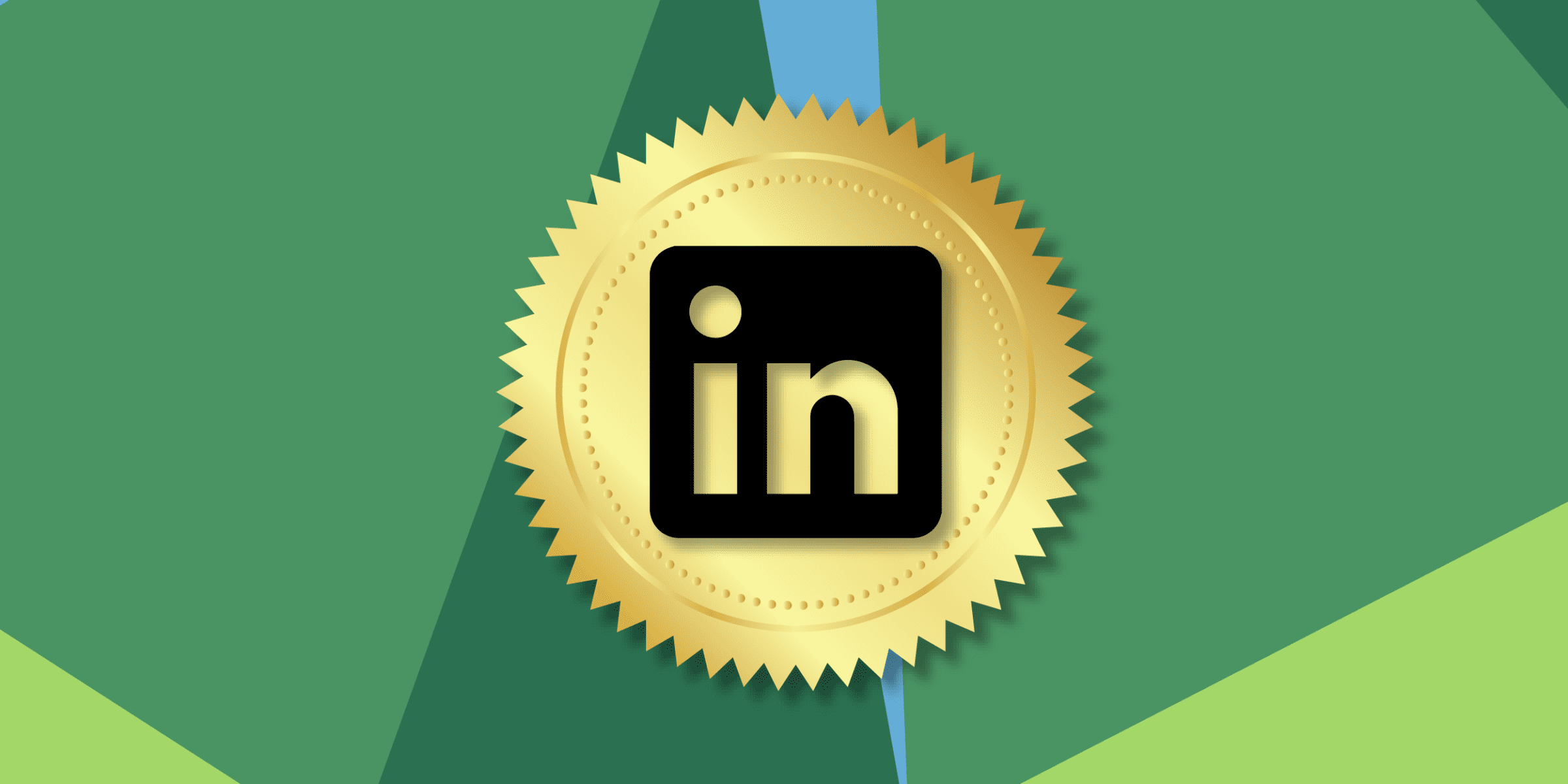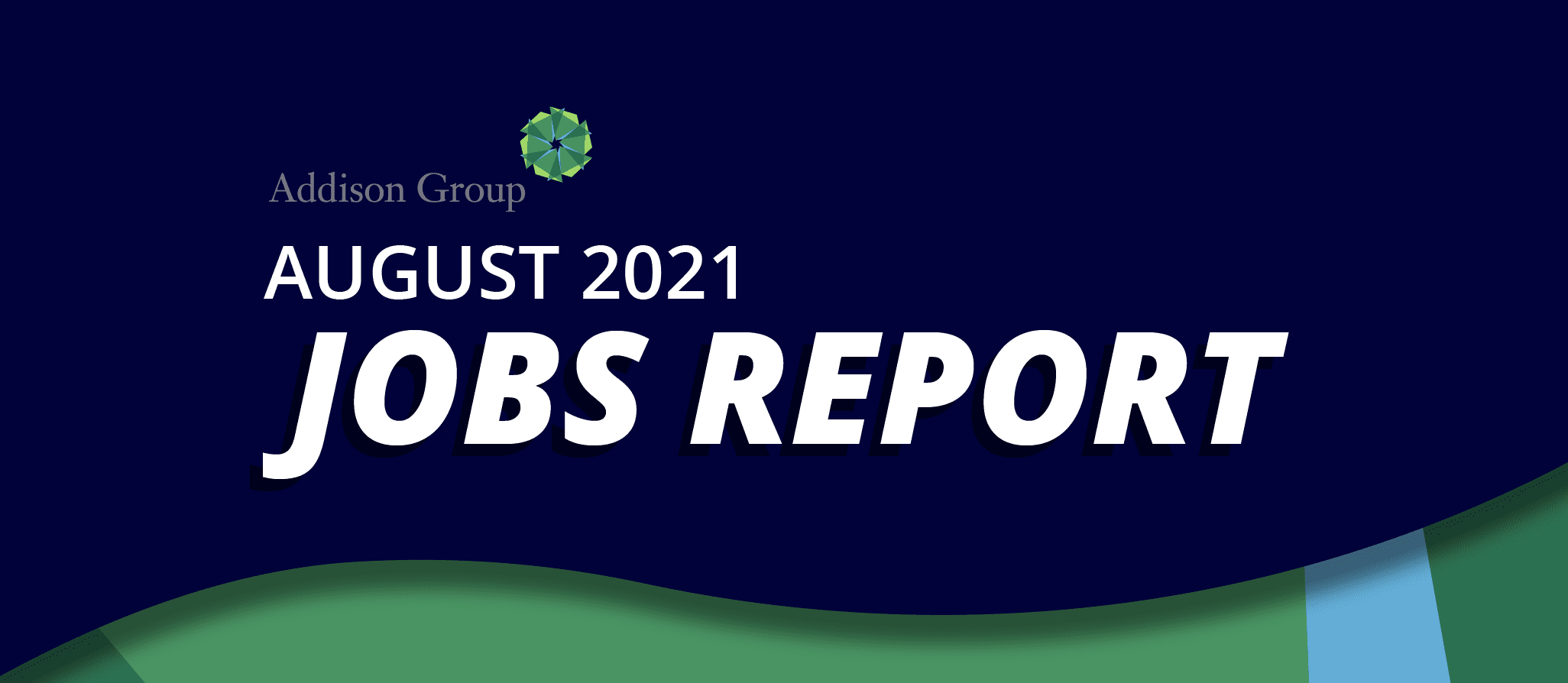From Optimize to Offer – 5 Ways to Create a Dynamic LinkedIn Profile

You’ve probably spent hours on LinkedIn applying for positions, seeing the intimidating number of applicants applying for the same jobs you are and feeling like you have little control over the outcome of your efforts. And yet 122 million people have received an interview through LinkedIn. So, where’s the disconnect?
The idea that simply working on your LinkedIn profile could affect not only your chances of being viewed by a recruiter but also how many reach out directly to you seems far-fetched. But the fact is when finding candidates for roles, 90% of recruiters search the LinkedIn member database to find candidates. As a job seeker, standing out is all about knowing how the algorithm works. Recruiters use search terms and filters to find the right candidates. Landing in a recruiter’s search results doesn’t have to be a matter of coincidence. By crafting a search-optimized LinkedIn profile, you can rank higher for the types of jobs you’re most interested in.
We break down the 5 key ways you can create a LinkedIn profile that increases your chances of getting an interview and the job offer you want:
Ace the Basics and Achieve All-Star Status
LinkedIn algorithms are designed to prioritize users with complete profiles by ranking them higher in search results compared to users with incomplete profiles. Job seekers with complete profiles are 40 times more likely to receive opportunities through LinkedIn. That makes it imperative for job seekers to reach All-Star Status to be most visible to top recruiters. It might seem like a lot, but just checking off the items listed below puts you a lot farther ahead of your competitors. So put strategy to the sidelines for now and get going! Make sure this key list is completed to round out your profile:
Profile Photo: A professional photo on average will get a user 14 times more views than other types of profile pictures. This is your opportunity to make a great first impression. Check out LinkedIn’s tips for picking the right picture.
Experience: Use this section to build your story of where you have been and what you have accomplished. List the value you provided and the difference you made while at your past companies.
Skills: For All-Star status, you must have at least five skills listed. Aim to keep them directly related to your expertise to keep your profile focused.
Industry & Location: This is vital as many recruiters find candidates on LinkedIn by searching the industry of the specific job description they are seeking to fill.
Education: Simply add in your education and dates and you’re set. As a bonus, this gives you an opportunity to connect to fellow school attendees and alumni.
Connections: While you don’t need an abundance of connections, creating a modest network makes a difference. The more connections you have, the more people are likely to share, like, or comment on anything you publish on LinkedIn, opening your profile to more networking and job opportunities.
Create a Dynamic Headline and Summary
Now it’s time to put a dose of strategy in your LinkedIn profile. The profile headline and summary are weighted heavily in LinkedIn’s search algorithms. A recruiter is likely to begin their search with specific job titles; candidates with a matching job title in their headline and experience will appear higher in results. Your headline is 120 characters of prime real estate that can be the difference between you standing out from the crowd or fading into the background. It should be optimized with keywords both in your job description (if applicable), but also more broadly in your industry and expertise.
The summary (About section) allows for 2,000 characters and it’s your time to shine! It should mirror your resume but be written in the first person and highlight what makes you unique in your industry. Whether you have a passion for storytelling as a marketer or an accountant with a proclivity for thinking outside the box, you must show your personality and your strengths through this part of your profile.
Avoid Discrepancies that Can Later Become Red Flags
When you do make it to the interview round, recruiters often take to your LinkedIn profile to look at you as a candidate and your background and often confirm past employers and dates of employment. So, when the dates, job titles, or other facts are different on your profile than they are on your resume, it can be a deterrent and might even cost you the job. Stay detail-oriented, making sure each line up exactly to avoid any inconsistencies.
The great thing about LinkedIn is that it gives you more space than a resume to make note of those gray areas. For example, if your role changed at one of your previous companies, you can easily designate dates and specific responsibilities for the various roles or provide a short explanation for the change (e.g. business shifted priorities; new role created). This might come up in your interview anyway, but it’s another touchpoint for you to expand on something in a way your resume couldn’t do.
Recruiters Read Your Thoughts
LinkedIn is a social network at its core, and posting meaningful content shows a level of activeness and professionalism that hiring managers look for in a candidate. Additionally, posting content that links to your portfolio or work examples is a great way to show your skills in an accessible way that anyone can view, including a hiring manager who might not be a LinkedIn connection. Be careful about what you post, however, as any political or overly opinionated posts can backfire when viewed from the perspective of the hiring manager. Pay attention to what you like, what you engage in, and what you comment on: LinkedIn is unique from other platforms in that the content you engage with is extremely visible to anyone that follows you — and even those who don’t.
Build Your Network
Have you ever received a LinkedIn connection request by someone you sort of knew professionally — but didn’t work with directly — and wonder, why did they add me to their network? Well, they are doing something very right. Many job seekers limit their requests to those they only worked with closely, but the fact is that LinkedIn is a professional support network! Creating new connections can be an asset for future job opportunities, networking, and even just boosting engagement on your own LinkedIn posts and content. On the other side of the coin, avoid adding everyone and anyone, as they are less likely to accept and engage with your content and add value to your network. Also, like any social network, there are spammers and bots out there or people looking to inflate their numbers. So while it’s great to make new connections, make sure to check out their profile before clicking “accept.” As a bonus, adding a personalized note on how you know them and why you would like to connect is a great way to make a seemingly nonpersonal interaction just a little more human.
In a virtually driven world of likes, clicks, and comments, putting personal care into your LinkedIn profile can put you over the top in the eyes of a hiring manager. Ready to take the pedal off LinkedIn’s “Easy Apply” option and get the job you want? Reach out to us now!




